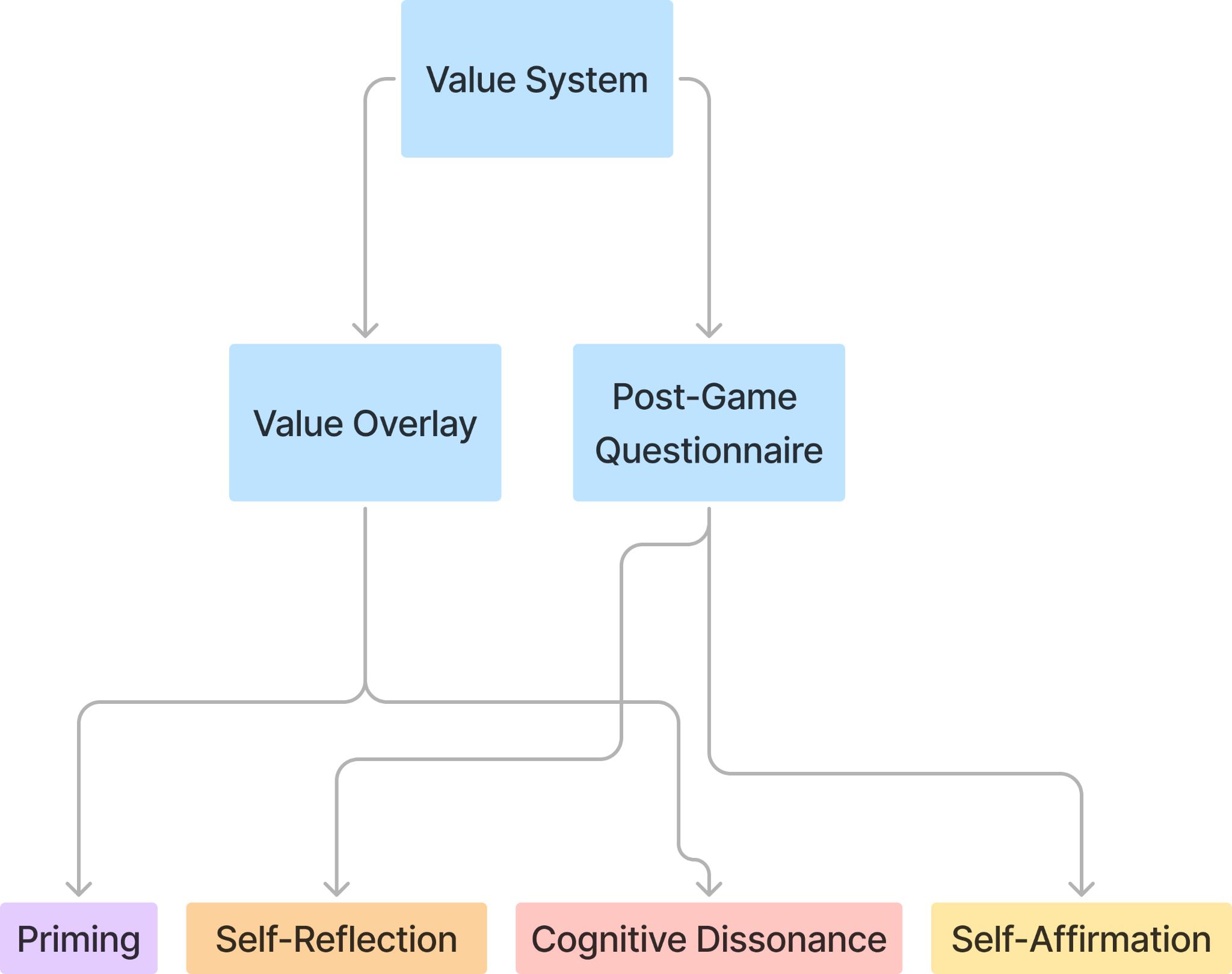In a world where fast food and convenience meals dominate the landscape, building healthy eating patterns can seem like a daunting task. Yet, the importance of nourishing our bodies with the right nutrients cannot be overstated, impacting everything from our physical health to our mental well-being. This article delves into the application of reinforcement techniques—a cornerstone of behavioral psychology—to cultivate sustainable and healthy eating habits. By understanding and leveraging these techniques, individuals can gradually reshape their dietary behaviors in a way that feels empowering rather than restrictive. Through an empathetic lens, we will explore practical strategies to reinforce positive eating habits, ensuring that the journey towards better health is not only achievable but also enjoyable.
Understanding the Psychology Behind Eating Habits
To harness the power of reinforcement techniques in fostering healthier eating habits, it’s essential to delve into the psychological mechanisms that govern our eating behaviors. At the core, reinforcement relies on the principle that behaviors followed by positive outcomes are likely to be repeated. When applied to eating habits, this means associating healthy choices with positive experiences. Consider these approaches:
- Positive Reinforcement: Reward yourself with non-food items for reaching small dietary milestones. This could be a relaxing spa day or a new book, offering a tangible benefit that encourages the continuation of positive eating behaviors.
- Negative Reinforcement: Remove an unpleasant condition by eating healthily. For instance, if eating a balanced diet alleviates digestive discomfort, the relief experienced acts as a motivator to maintain those habits.
- Variable Rewards: Introduce an element of surprise in your rewards. Instead of predictable outcomes, let your rewards vary in type or timing, making the process exciting and engaging.
These strategies tap into the human desire for positive experiences and the avoidance of negative ones, effectively guiding the subconscious to favor healthier food choices. By understanding and utilizing these psychological drivers, you can create a supportive environment that naturally encourages better eating habits.

Identifying Positive Reinforcement Strategies for Nutritional Success
Creating a supportive environment for healthy eating begins with understanding the power of positive reinforcement. By identifying effective strategies, you can encourage consistent nutritional habits. One approach is to set specific, achievable goals that offer a sense of accomplishment. Celebrating small wins, like choosing a fruit over a sugary snack, reinforces the behavior and promotes continued success.
- Verbal Praise: Offering kind words and encouragement can boost motivation and reinforce positive choices.
- Rewards System: Establish non-food rewards for reaching milestones, such as a new cookbook or kitchen gadget.
- Visual Reminders: Use sticky notes or charts to track progress, serving as a constant reminder of achievements.
Incorporating these strategies into your daily routine fosters a nurturing environment that supports long-term dietary changes. By focusing on positive outcomes and reinforcing them consistently, you can build a foundation for lasting nutritional success.

Implementing Practical Reinforcement Techniques in Daily Life
Reinforcement techniques, rooted in behavioral psychology, can be a powerful ally in reshaping our eating habits towards a healthier lifestyle. Positive reinforcement, for instance, can be applied by rewarding yourself with a small, non-food-related treat each time you make a healthy food choice. This could be as simple as allowing yourself extra leisure time or indulging in a favorite hobby. On the other hand, negative reinforcement involves removing an unpleasant consequence when a desired behavior occurs. For example, you might choose to skip a less enjoyable chore or task once you’ve completed a day of balanced eating.
Consider implementing a few practical strategies to support these reinforcement methods:
- Visual Cues: Place healthy snacks like fruits and nuts in visible areas to reinforce better snacking habits.
- Journaling: Keep a food diary to track your progress, rewarding yourself for meeting specific goals.
- Accountability Partners: Share your goals with a friend or family member who can provide encouragement and recognition.
By integrating these reinforcement techniques into daily life, you can gradually shift towards healthier eating patterns, making them a natural part of your routine.

Overcoming Challenges and Celebrating Progress in Healthy Eating
Embarking on a journey towards healthier eating can feel like navigating through a maze of obstacles. Yet, by integrating reinforcement techniques, one can transform challenges into stepping stones for success. Positive reinforcement plays a pivotal role in this transformation, encouraging the adoption of new habits by rewarding small victories. For instance, acknowledging and celebrating every instance of choosing a fruit over a sugary snack can significantly boost motivation and reinforce healthier choices. Such rewards don’t have to be extravagant; simple gestures like a moment of self-praise or a relaxing activity can be immensely effective.
- Track Your Progress: Use a journal or app to document daily food choices. Reflecting on past entries helps identify patterns and areas for improvement.
- Set Realistic Goals: Break down your ultimate objective into smaller, achievable milestones. This not only makes the journey manageable but also allows for frequent celebrations of progress.
- Enlist Support: Share your goals with friends or family who can offer encouragement and celebrate your achievements alongside you.
By leveraging these reinforcement techniques, individuals can steadily build a foundation of healthy eating patterns. As each challenge is met and overcome, it serves as a testament to resilience and growth, fostering a positive relationship with food and self. The journey may be long, but each step forward is a celebration of progress and a reinforcement of the commitment to healthier living.
